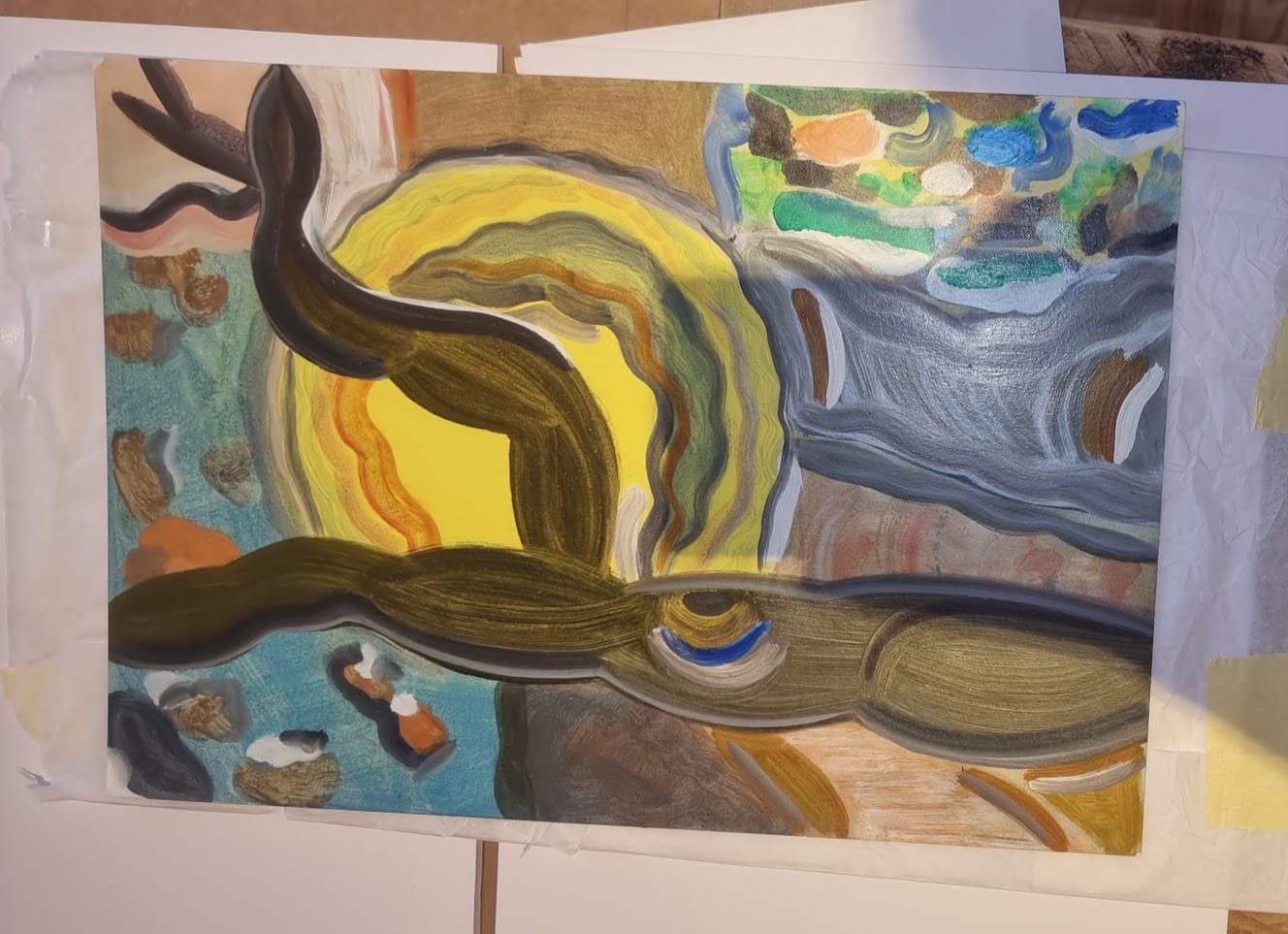The Surrealist art movement was launched with the publication of André Breton’s Surrealist Manifesto in 1924, and it will be celebrating its 100th anniversary this year. To mark the event, the Brussels Art Fair (BRAFA) will be dedicated to all things Surrealist in its Expo from January 28 to 4 February.
Belgium of course produced one of the leading Surrealist artists in René Magritte, who will feature prominently in the exhibition. The BRAFA is Belgium’s largest and most prestigious art fair, and it will showcase some 132 exhibitors from 14 different countries. There will be a rare original copy of the Manifeste du Surrealisme on display, among many other treasures.
According to the Tate Gallery, Breton defined Surrealism thus: “pure psychic automatism, by which one proposes to express, either verbally, in writing, or by any other manner, the real functioning of thought. Dictation of thought in the absence of all control exercised by reason, outside of all aesthetic and moral preoccupation.”
The Surrealist art movement delves into the unconscious mind, and delights in the mysterious, irrational and unexpected. Some artists explored their own psychological hinterlands for inspiration, while others drew on ancient and mystical cultures of the past to help them imagine their own work.
Some of the artists also brought this alternative approach to other aspects of life and society, such as politics and philosophy. Surrealism was a state of mind as well as an artistic movement. The theories of the psychoanalyst Sigmund Freud were an influence on many Surrealist artists, leading them to explore dreams and the subconscious mind.
This led to the practice of ‘automatic’ writing or drawing, in which an artist wrote or drew in a spontaneous manner without any conscious thought. As a result, the artist hoped to produce work from the pure unconscious mind that unlocked deeper psychological truths. These ideas were often expressed or symbolised in bizarre and unconventional ways.
The most famous Surrealist image of all time is probably the melting clocks from Salavdor Dali’s painting The Persistence of Memory (1931). The familiar objects painted in a highly realistic yet improbable way has intrigued and captivated viewers for almost a century.
Some critics but forward the theory that the dreamlike and unsettling images of ‘soft watches’ set in the permanence of a rugged landscape were influenced by Einstein’s theory of relativity, but the artist has denied this connection, claiming that the idea was sparked by the sight of an out of date Camembert cheese.
Dali’s Surrealism extended beyond his art and into his everyday life, and for a time he was most known for his eccentric appearance and attention-seeking stunts such as wearing a deep sea diving suit to an exhibition opening in 1936. However, his genius was recognised in his lifetime, and modern critics have made fresh and insightful observations on his work.
René Magritte (1898-1967), star of the BRAFA exhibition, was born in Lessines, Belgium, to a textile merchant father and a mother who had previously worked as a milliner. When he was 13 years old, his mother took her own life by drowning in the River Sambre, and this tragic incident is thought to have haunted the artist’s imagination.
He studied at the Académie Royale des Beaux-Arts in Brussels before serving a year in the Belgian military and then worked for some years in various roles as a commercial artist. He secured a contract with the Galerie Le Centaure in Brussels in 1926, which led to his first solo exhibition. However, this was badly received by critics.
Shortly after, he moved to Paris where he became friends with Andre Breton and began to adopt the philosophy of the Surrealist movement. His trademark style was to depict ordinary and everyday objects in unexpected ways and contexts.
These often dreamlike images provoke both thought and feeling in the viewer, blurring the boundaries between art and reality.
His most famous work is La Trahison des images (Ceci n’est pas une pipe), painted in 1929. It is simply a realistic painting of a pipe on a light plain background, with the words ‘Ceci n’est pas une pipe’ (This is not a pipe) hand lettered underneath.
The viewer’s immediate reaction to the painting may be puzzlement, because the painting literally contains nothing except the words and the image of a pipe. However, the words refer to the fact that the pipe is not in fact real, but merely an illusion created by the artist’s eye and the application of paint.
Another major artist celebrated in the BRAFA exhibition is Paul Delvaux, although he is only loosely associated with the Surrealist movement. A collection of 15 paintings from a private collection will be on display, alongside the 1944 painting La Ville Lunaire and La Tente Rouge from 1966.
Delvaux (1897-1994) was born in southern Belgium, and trained as an architect. This stood him in good stead as a draughtsman, although he failed the mathematical element of the exam. He eventually attended art school and graduated aged 27, although he was sensitive to criticism and destroyed many of his early works.
Delvaux was influenced by Magritte and Dali, but kept his distance from more formal artistic movements. He had a particular interest in depicting urban night time scenes, and many of his paintings of women had an erotic element. Although his work has a poetical and dreamlike quality, he claimed not to have been influenced by the subconscious mind.
The BRAFA exhibition offers a number of Delvaux prints, paintings, and watercolours for sale. There will also be some rare drawings and paintings by the artist that have been previously unseen by the public.
His work had no political element unlike some of the other Surrealists, but his timeless blending of classical Greek and Latin cultures with a modernist approach carries an enduring appeal.
If you have a work, Surrealist or otherwise, to display, please drop in to your local framers in north London.
